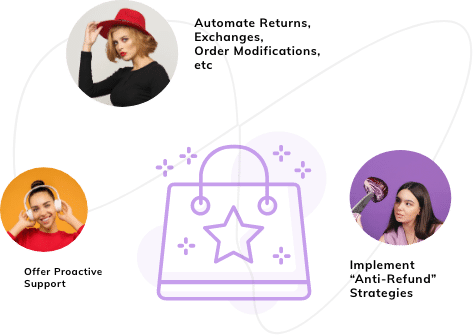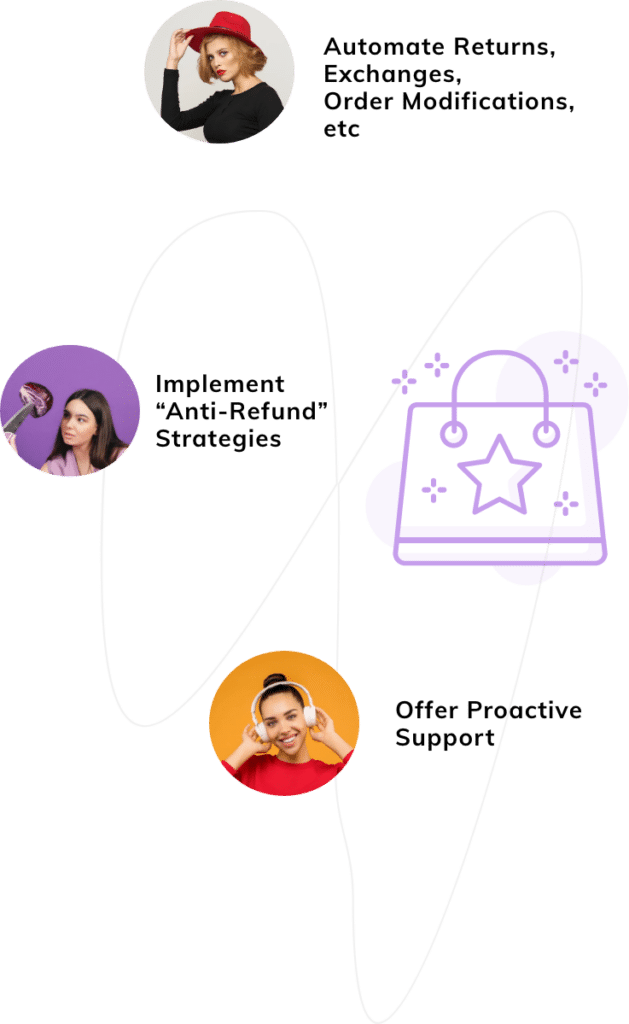Last Updated: April 2024
Would you say you are satisfied with the ticket resolution time of your support team? If yes, the CSat and Net Promoter Scores for your brand are more than likely to be high. After all, there is a direct correlation between ticket response time and customer satisfaction which, in turn, influences referrals and repeat sales. However, the vast majority of online businesses do not manage customer support tickets well on this front. Forrester Research found that only 36% of online stores managed to respond to customer emails in less than 6 hours – a major opportunity considering that 41% of customers surveyed actually expected a response that quick.

There is a compelling cost implication to this as well. An open ticket experiences a delay in resolution, and the likelihood of escalation increases proportionately the longer it stays open. From the time a ticket is logged, the helpdesk team should have a well-defined, time-bound process for tagging, prioritizing, assigning, and resolving tickets. Failure to do this could result in a massive backlog within a matter of days.
An efficient ticket management workflow also has other advantages. It can avoid confusion, improve service quality, and enable a better employee experience. In an omnichannel scenario, it can help you do more with fewer resources.
Smart Ideas to Help You Manage Customer Support Tickets
Here are 5 tried and tested measures that you can use for customer support ticket handling and resolution.
Respond to a new ticket rapidly
To put customers at ease, it is critical for online businesses to acknowledge a customer ticket by generating an email. While most businesses do this, there is no estimated turnaround time provided which can lead to the customer raising another ticket for the same issue.
 Keeping customers guessing about the expected turnaround time can also make for a poor experience. Automated response within 30 minutes is standard practice for many e-commerce businesses worldwide. Some teams prefer to close tickets after the first interaction. If the customer’s problem is not resolved, they open a new ticket. This can be counterproductive. Closing tickets without fully resolving a customer’s issue may lead to confusion and delays in resolution.
Keeping customers guessing about the expected turnaround time can also make for a poor experience. Automated response within 30 minutes is standard practice for many e-commerce businesses worldwide. Some teams prefer to close tickets after the first interaction. If the customer’s problem is not resolved, they open a new ticket. This can be counterproductive. Closing tickets without fully resolving a customer’s issue may lead to confusion and delays in resolution.
Consolidate multiple tickets for the same issue into one
It is important to merge together multiple tickets that have been logged for the same or related issues. This can avoid duplication of effort and lighten agent workload. To maximize efficiency, many help desk software packages come equipped with a merge feature that lets you combine multiple related tickets into a single case which can then be assigned to agents.
Organize the back-end inbox appropriately to set up dedicated queues for email, chat, and voice-based interactions. This can help improve you respond to customers faster and close tickets more efficiently.
Streamline ticket workflows
Automating ticket allocation and tracking workflows can allow your business to meet your contractual obligations easily, in the case of B2B products, for example. Most helpdesk software programs like Zendesk or Spiceworks let you track critical metrics like ticket volume, response time, or first contact resolution on a nearly real-time basis.
You also create weekly, monthly or quarterly reports for these metrics to measure customer satisfaction levels and check for common trends that could have consequences for your business as a whole. In addition, you can also integrate your data with other tools like PowerBI to derive valuable insights into customer behavior and process efficiency.
If a simple workflow is all you need, you can standardize on just a few of the many reports that are available in these systems. You can even create automated alerts so that high priority tickets can be handled in an expeditious manner.
Follow the First In, First Out (FIFO) principle
For most online stores, it is much simpler to address tickets as they come in. By responding to tickets in the order they were received, you can achieve decent turnaround times. More importantly, First In, First Out – or FIFO, as it is popularly known – can let you address an all-too-common problem of ticket avoidance: agents avoiding complex tickets and preferring to work simpler ones instead.
To address this, you can track the number of the first contact resolution rate and compare it with the number of times a ticket was touched from the time it arrives at the point of closure. Most helpdesk software automatically sorts and displays tickets in the order they were received. Every time a ticket is reviewed, agents must accurately update its status and provide precise notes about each action taken. This can avoid confusion and ensure a seamless experience for the customer.
Standardize your responses

Standard scripts excel in handling routine requests, comprising the majority of support team volumes, providing efficient solutions for common inquiries. They allow a ‘one-click’ response and your team can serve more customers faster. For example, responses to questions related to payment methods or credit card declines can be easily standardized.
For further information, you can also include a link to your FAQ page in your response. This can be particularly useful when customers want to check available product sizes, promotional offers, or even pre-orders. Also, remember to avoid using unfamiliar verbiage that a customer may have difficulty understanding. Replace technical jargon with simple, everyday language when responding to customers. This can help you increase your ticket resolution rate with ease.
Last words
Great customer support is all about keeping promises made to customers. The size of your team may impact the speed with which you resolve tickets. If meeting the expected turnaround time goal has turned into a challenge for you and you do not yet have the bandwidth to hire more agents, an outsourced customer support service like Helplama can help you bridge the gap.
Over the years, Helplama has developed significant expertise, aiding small businesses in sustainable scaling of their support teams effectively. Our specialty is providing solutions that are tailored to the unique needs of our customers. We are data-centric, delivering quality performance insights for customer support, driving efficiency, and boosting profits with our approach. Contact us today for more information.









